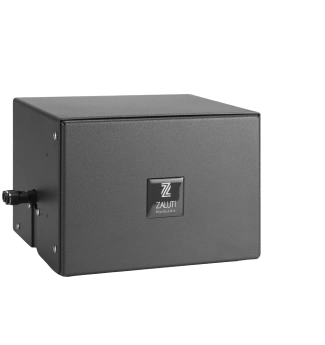Inviting scent marketing for restaurants.
A New Dimension of Gastronomic Experiences
Benefits of Scent Marketing in Restaurants
Enhancing the Dining Experience
Scent marketing in restaurants can significantly enrich the dining experience. By using scents that complement the served dishes, guests’ taste perception can be enhanced. For instance, the use of citrus scents in a Mediterranean restaurant can highlight the freshness of the dishes, while the scent of freshly baked bread in a bakery or café can stimulate the appetite and create a sense of homeliness.
Improving the Overall Atmosphere
A subtle and well-chosen scent in a restaurant contributes to creating a comfortable and inviting atmosphere. This can enhance guests’ perceptions of the quality and care the restaurant invests in its environment. For example, a warm, inviting scent can exude a sense of hospitality and luxury, contributing to the overall guest experience.
Influencing Customer Behavior
Creating a Unique Identity
Differentiation from Competitors

Scent Machine with 7-Year Warranty
Applications of Scent Marketing in Restaurants
Dining Areas
In the dining areas of a restaurant, scent experience plays an important role in enhancing the dining experience. The use of subtle and pleasant scents can enrich the atmosphere and increase the taste perception of the dishes. For example, a light citrus scent can create a fresh and lively atmosphere in a Mediterranean restaurant, while a soft herbal scent can highlight the warmth and coziness of a traditional restaurant. These scents should be carefully chosen to complement the culinary themes without being overpowering.
Entrance and Lobby
The entrance and lobby form the first contact point with guests. An inviting and pleasantly scented lobby can have an immediate impact on guests’ first impressions. A warm, welcoming scent can exude a sense of comfort and luxury, making guests feel immediately welcome and appreciated. This sets the tone for their entire visit and can create positive expectations for their dining experience.
Kitchen and Preparation Areas
The kitchen is the heart of every restaurant and produces natural cooking and preparation scents. However, the use of scent marketing can help neutralize any unwanted odors, such as strong spices or baking smells. This contributes to maintaining a positive perception of freshness and hygiene for both guests and staff.
Restrooms
Maintaining a fresh and pure scent in restrooms is crucial for creating a positive impression of the restaurant. The use of purifying scents such as eucalyptus or lemongrass can help maintain a clean and refreshing environment, essential for the overall guest experience.
Bar and Lounge Areas
In bar and lounge areas, energetic and refreshing scents can contribute to a lively and inviting atmosphere. Scents like mint or ginger can elevate energy levels and fit well with the social and relaxed nature of these spaces, enhancing the experience of guests enjoying drinks and light bites.
Aisles and Transition Areas
Consistent scent experience in aisles and transition areas ensures a seamless and pleasant experience throughout the restaurant. This helps create a coherent and inviting environment, making guests feel comfortable as they move through the restaurant.
Frequently Asked Questions
How Does Scent Marketing Work?
Scent marketing works by strategically using scents to create a specific atmosphere or influence behavior, essential for enhancing brand perception or improving the customer experience. The process begins with determining objectives, such as improving customer experience or increasing sales. Then, scents are carefully selected based on their ability to evoke desired emotions or reactions; for example, fresh scents for energy or lavender for relaxation. These scents are then diffused in the target environment using methods such as nebulizers or diffusers, depending on the size of the space and the desired scent intensity. The effectiveness of the scent marketing is continuously monitored and adjusted to ensure optimal results. Additionally, scent marketing is often integrated with other marketing elements such as visual displays and music, to create a cohesive and immersive brand experience.



















